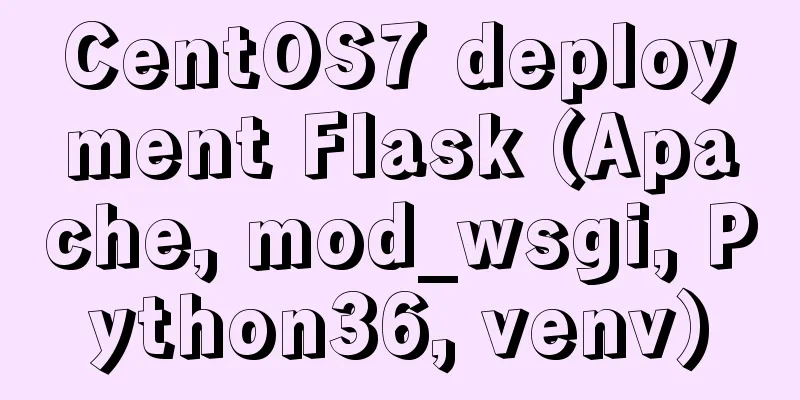JavaScript Timer Details

1. Brief Introduction In There are four timer method related methods:
2. setInterval2.1 Description let timerId = setInterval(func|code, delay, arg1, arg2, ...) 2.2 Parameters
2.3 Return Value The return value 2.4 UsageThis is an example of clicking a button and incrementing a number every second;
<p id="showNum"></p>
<button onclick="timer()">Click me to increase the number by one every second</button>
<script>
const showNum = document.getElementById("showNum");
let timerId; // Timer ID
let num = 0;
function timer() {
timerId = setInterval(addNum, 1000);
}
function addNum() {
showNum.innerText = `${num++}`;
}
// No code to stop the timer is written</script>
3. setTimeout3.1 Description let timerId = setTimeout(func|code, delay, arg1, arg2, ...) 3.2 Parameters The parameters of
3.3 Usage The usage of However, unlike
<p id="showNum"></p>
<button onclick="timer()">After clicking, wait for one second and the number increases by one</button>
<script>
const showNum = document.getElementById("showNum");
let timerId;
let num = 0;
addNum();
function timer() {
timerId = setTimeout(addNum, 1000);
}
function addNum() {
showNum.innerText = `${num++}`;
}
</script>
4. Cancel the timer The usage is very simple, with only one parameter, which is clearInterval(intervalID); clearTimeout(timeoutID);
Usage is simple:
function timer() {
timerId = setTimeout(addNum, 1000);
}
clearTimeout(timerId); // When the code runs to this line, the timer set by timer will be canceled.
5. Use timers in the consoleYou can also use timers in the browser console console.time(timerName) Create a timer named name and start it.
console.timeEnd(timerName) Calling console.time(timerName); console.timeEnd(timerName); 5.1 Usage For loop 99999 times how much time example:
console.time(name);
let num;
for (let index = 0; index < 99999; index++) {
num++;
}
console.timeEnd(name);
This is the end of this article about the details of JavaScript timer. For more relevant JavaScript timer content, please search 123WORDPRESS.COM's previous articles or continue to browse the following related articles. I hope everyone will support 123WORDPRESS.COM in the future! You may also be interested in:
|
<<: Why Google and Facebook don't use Docker
>>: Interpreting MySQL client and server protocols
Recommend
Detailed tutorial for installing MySQL on Linux
MySQL downloads for all platforms are available a...
Summary of several commonly used string methods in JavaScript (must-read for beginners)
Several commonly used string methods in JavaScrip...
Example of adding multi-language function to Vue background management
Table of contents 1. First, configure the main.js...
Detailed explanation of eight ways to optimize MySQL database (classic must-read)
introduction: There are a lot of information and ...
Detailed tutorial on installing CUDA9.0 on Ubuntu16.04
Preface: This article is based on the experience ...
Getting Started with Website Building for Beginners ③ Alias (CNAME) Records and URL Forwarding
①. How to use the alias (CNAME) record: In the do...
How to check whether the graphics driver has been successfully installed in Ubuntu
Run the command: glxinfo | grep rendering If the ...
HTML background image and background color_PowerNode Java Academy
1. HTML Image <img> 1. The <img> tag ...
Summary of the differences and usage of plugins and components in Vue
The operating environment of this tutorial: Windo...
Detailed explanation of Vue custom instructions
Table of contents Vue custom directive Custom dir...
Use Smart CSS to apply styles based on the user's scroll position
By adding the current scroll offset to the attrib...
W3C Tutorial (11): W3C DOM Activities
The Document Object Model (DOM) is a platform, a ...
VM VirtualBox virtual machine mount shared folder
One environment Install VMware Tools on CentOS 7 ...
Dynamically add tables in HTML_PowerNode Java Academy
Without further ado, I will post the code for you...
Detailed explanation of the difference between cesllspacing and cellpadding in table
What is a table? It is composed of cell cells. In...









